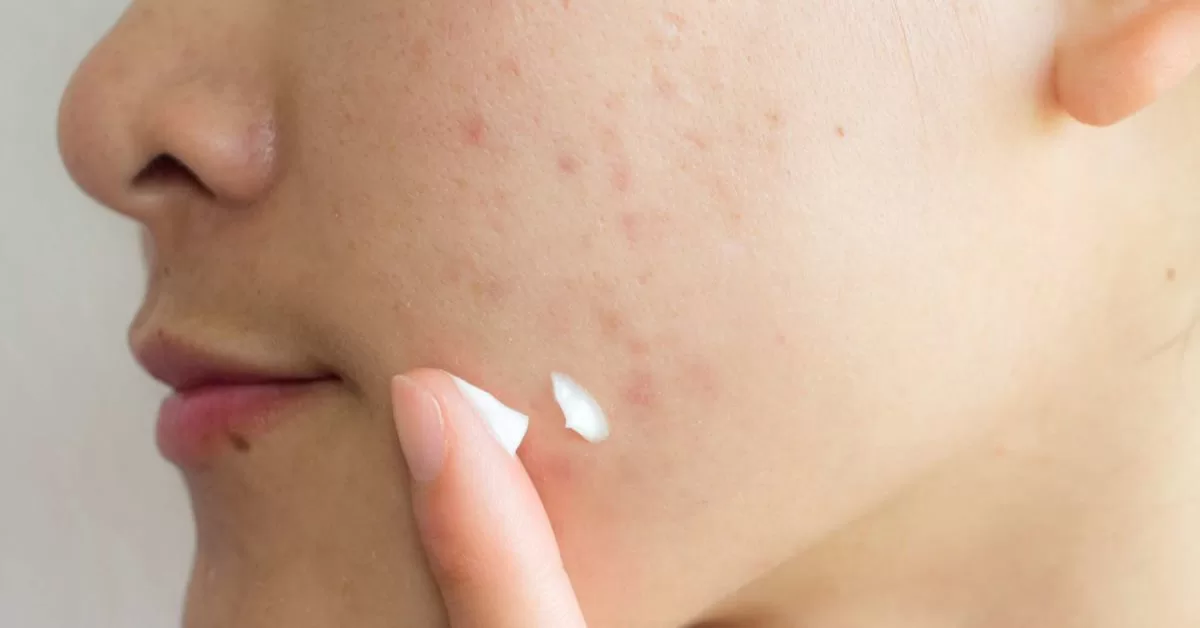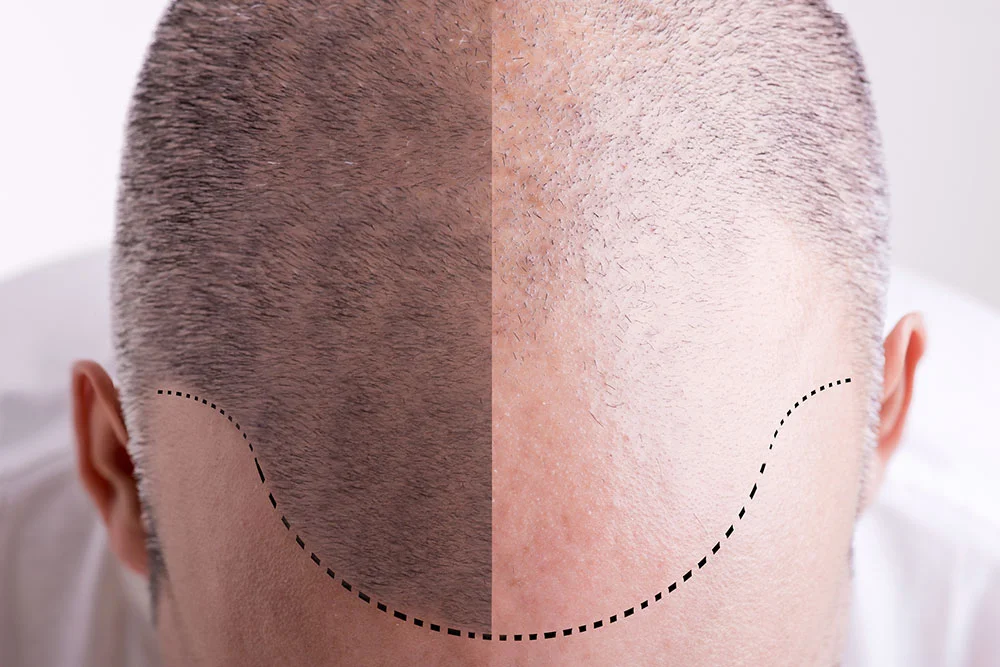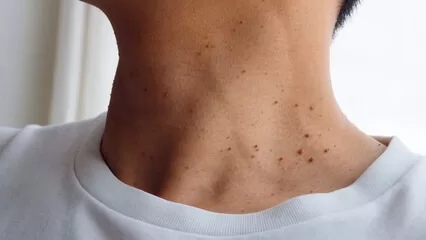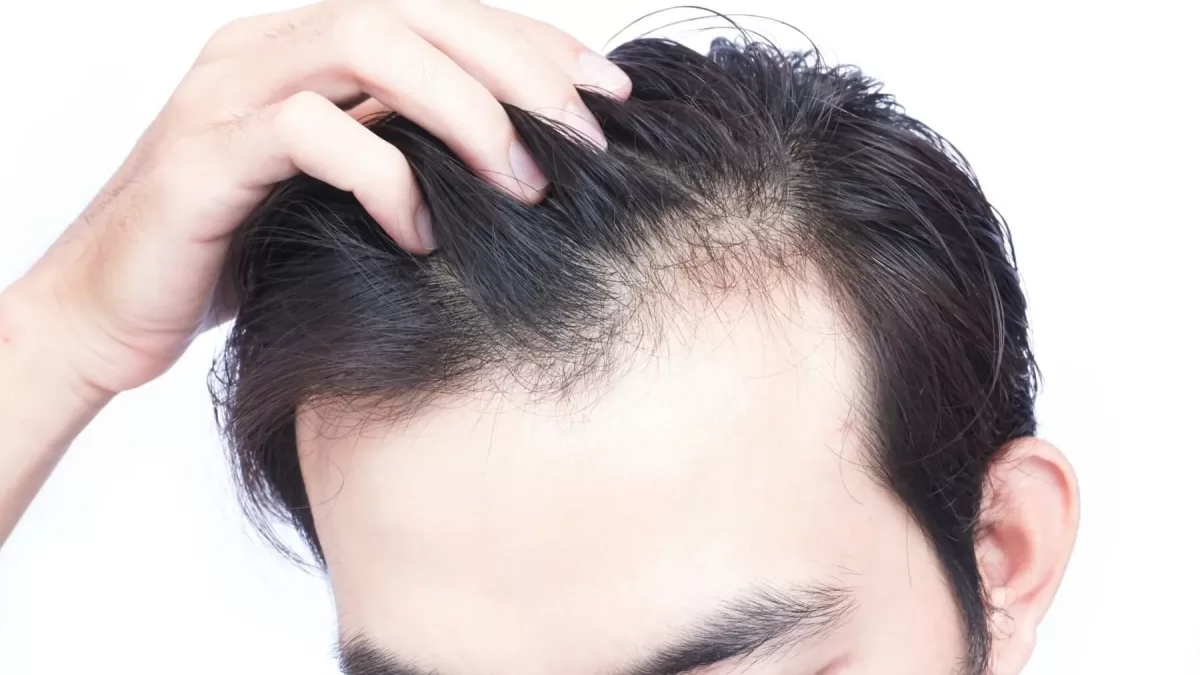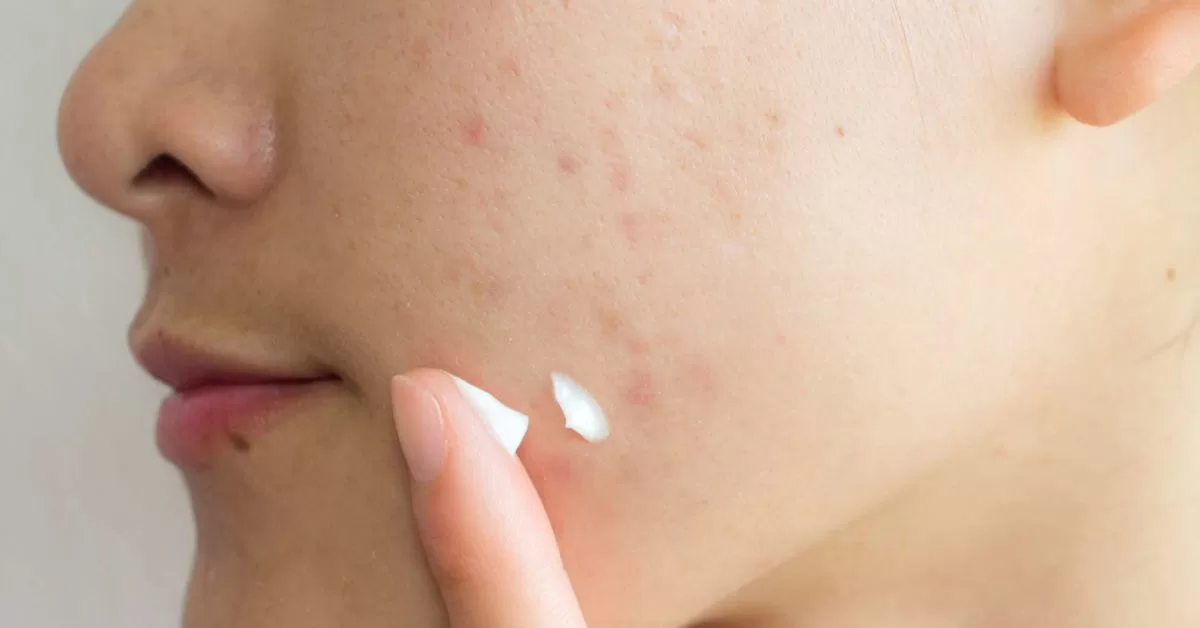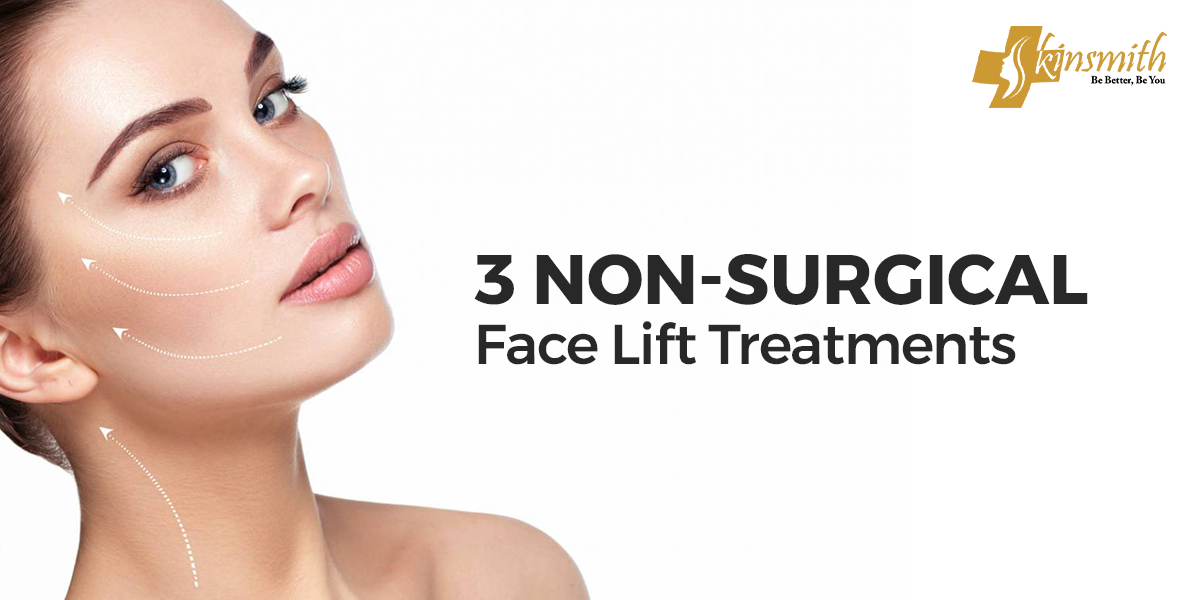Dealing with acne scars can be frustrating and disheartening, but there are effective strategies and techniques available to help you overcome this challenge. In this comprehensive guide, we will explore various methods and provide valuable insights into treating acne scars. Whether you’re seeking professional treatments or prefer natural remedies, this guide will equip you with the knowledge to make informed decisions about your skincare routine.
Understanding Acne Scars:
Before diving into the treatments, it’s essential to understand the different types of acne scars. Acne scars are typically classified into two main categories:
- Atrophic Scars: These scars are characterized by depressions in the skin and can be further categorized as ice pick, boxcar, or rolling scars.
- Hypertrophic or Keloid Scars: These scars are raised and often appear as thick, lumpy patches on the skin.
Now, let’s explore effective strategies and techniques for treating acne scars:
Professional Treatments:
Professional treatments offer advanced solutions for acne scars. Here are some popular options:
– Laser Resurfacing: This treatment uses laser technology to remove damaged skin cells, stimulate collagen production, and reduce the appearance of acne scars.
– Chemical Peels: By applying a chemical solution to the skin, chemical peels exfoliate the outer layer, encouraging the growth of new, smoother skin.
– Microneedling: This procedure involves creating tiny punctures in the skin to stimulate collagen production and improve the overall texture and appearance of acne scars.
If you’re looking for professional acne scar treatment in Islamabad, you can check out Dr Mahvish Aftab Clinic.
Home Remedies:
If you prefer a more natural approach, there are several home remedies that can help reduce the appearance of acne scars. While these remedies may take longer to show results, they are often cost-effective and readily available:
– Aloe Vera: Known for its soothing properties, aloe vera gel can be applied directly to the scars to reduce inflammation and promote healing.
– Lemon Juice: With its natural bleaching properties, lemon juice can lighten acne scars over time. However, it’s crucial to dilute it before applying it to the skin to avoid irritation.
– Rosehip Seed Oil: This oil is rich in essential fatty acids and antioxidants, which can help regenerate skin cells and fade acne scars.
Remember, home remedies may not work for everyone, and it’s always best to consult with a dermatologist for personalized advice.
Skincare Products:
In addition to professional treatments and home remedies, incorporating the right skincare products into your routine can make a significant difference in treating acne scars. Look for products containing the following key ingredients:
– Retinoids: Derived from vitamin A, retinoids promote cell turnover, stimulate collagen production, and help fade acne scars.
– Vitamin C: As a powerful antioxidant, vitamin C brightens the skin and reduces the appearance of acne scars.
– Alpha Hydroxy Acids (AHAs): AHAs exfoliate the skin, removing dead cells and improving the texture of acne scars.
Conclusion:
Treating acne scars requires patience and a tailored approach.
By combining professional treatments, home remedies, and suitable skincare products, you can effectively reduce the appearance of acne scars and restore your confidence.
Remember to consult with a dermatologist to determine the most suitable treatment options for your specific skin type and condition.
With the right strategies and techniques, you can achieve smoother, more even-toned skin, and embrace your natural beauty.

